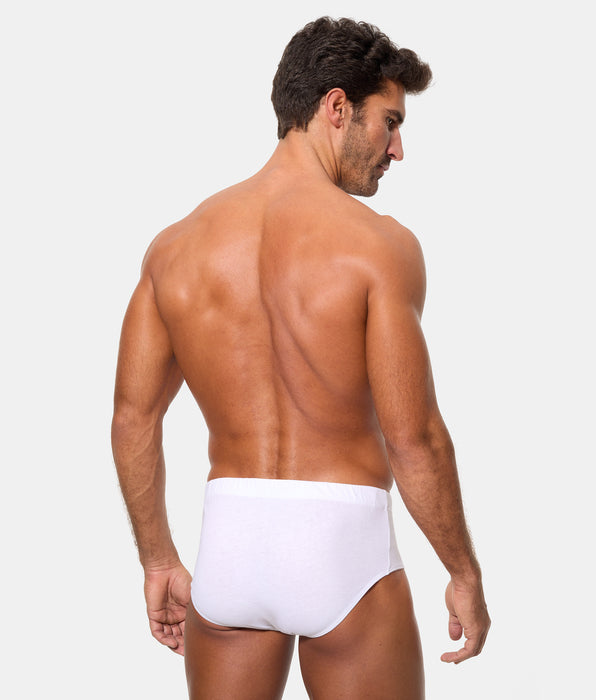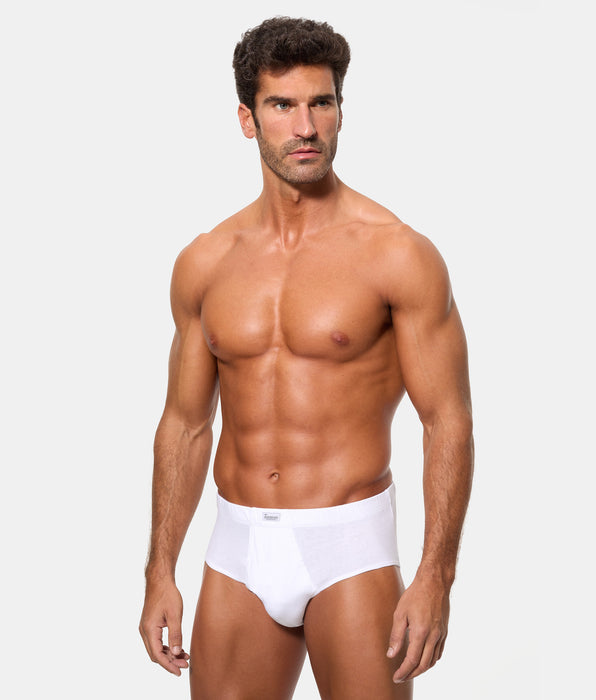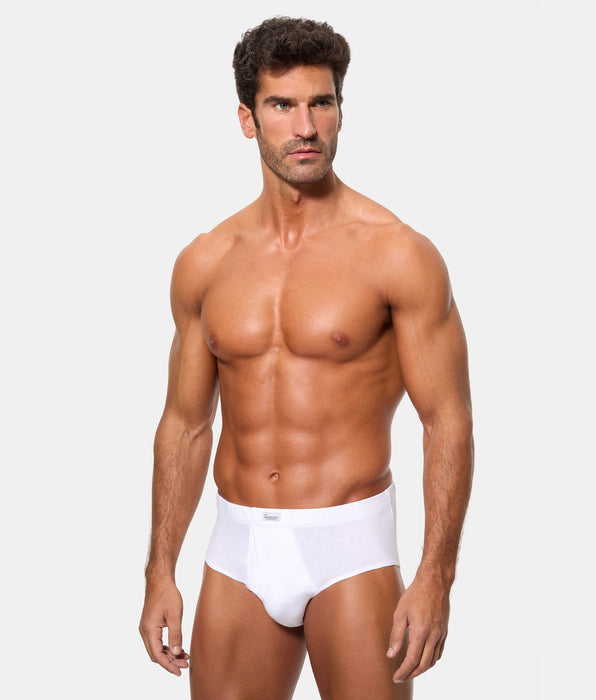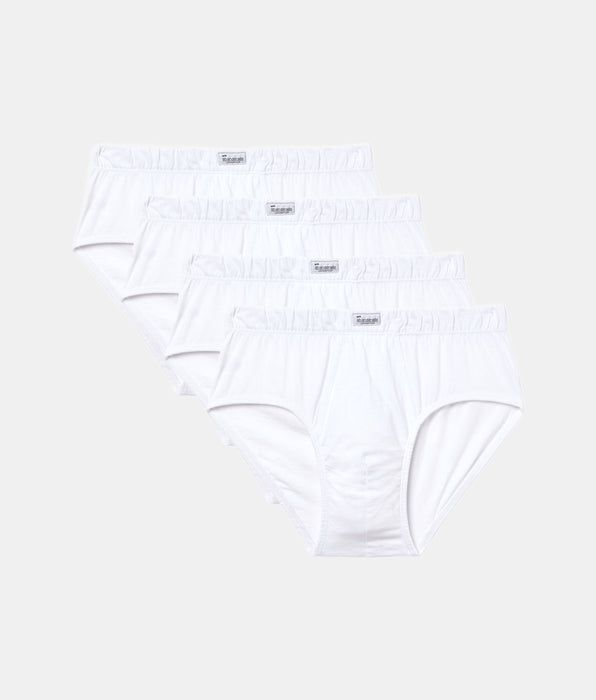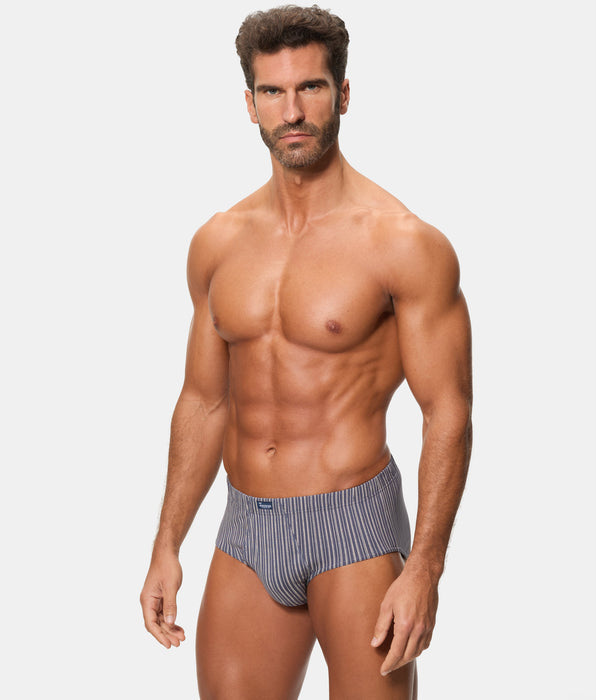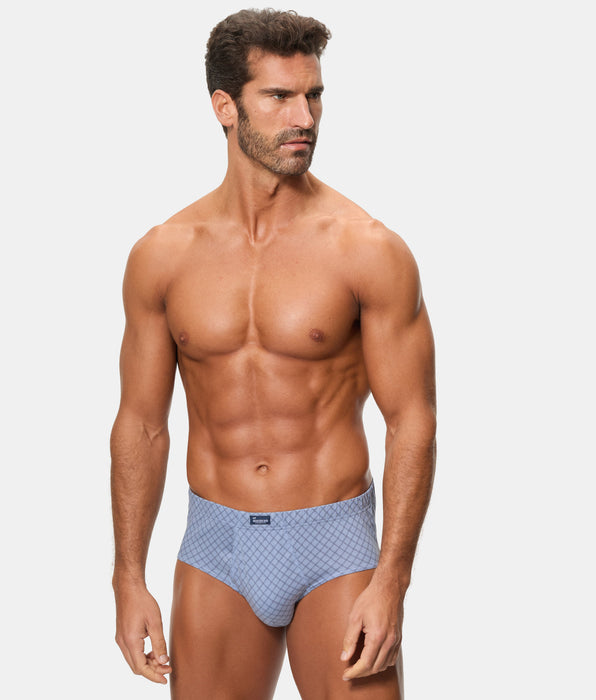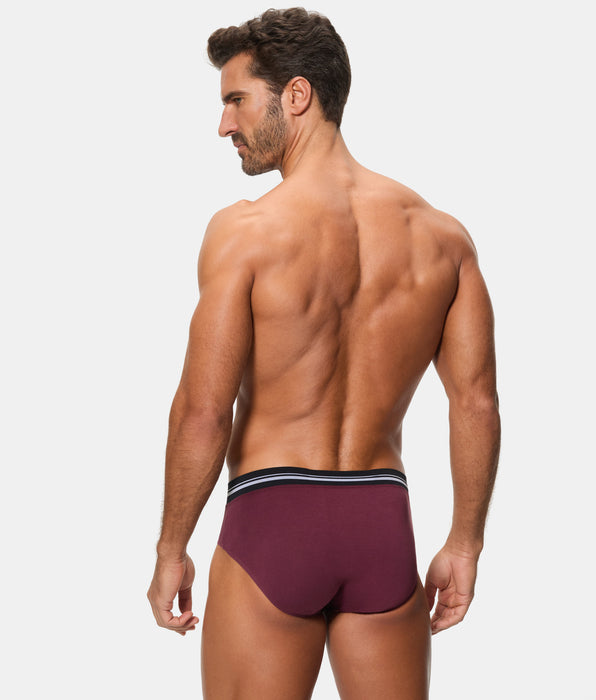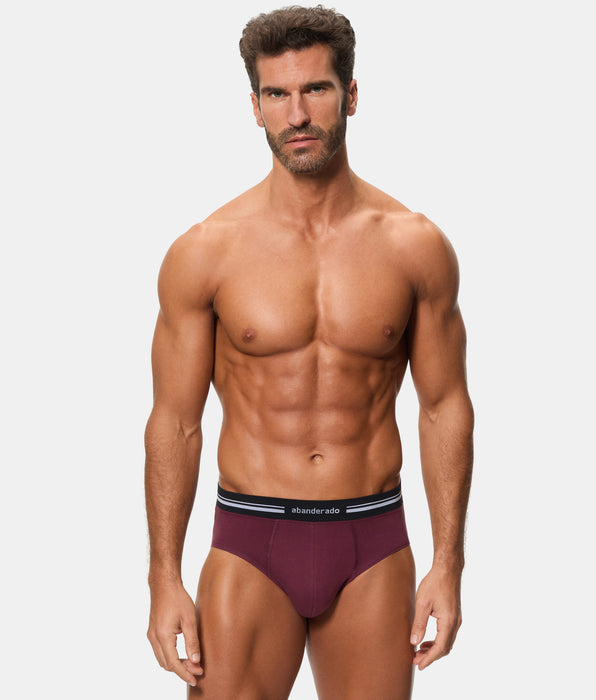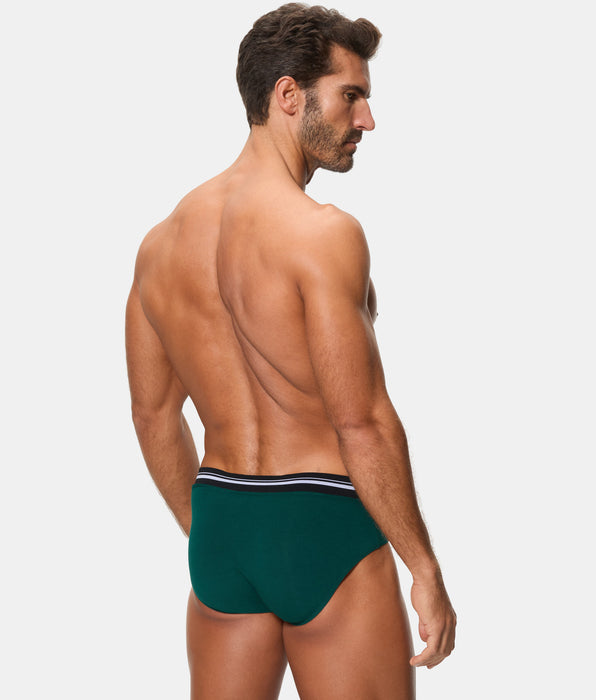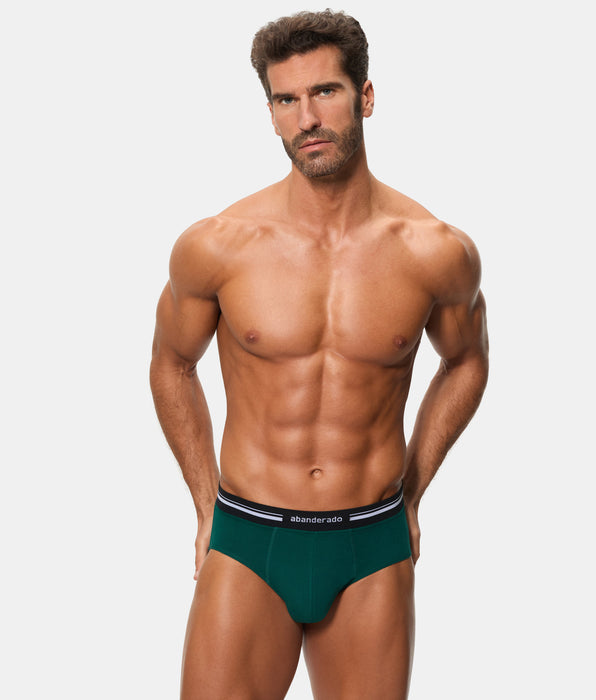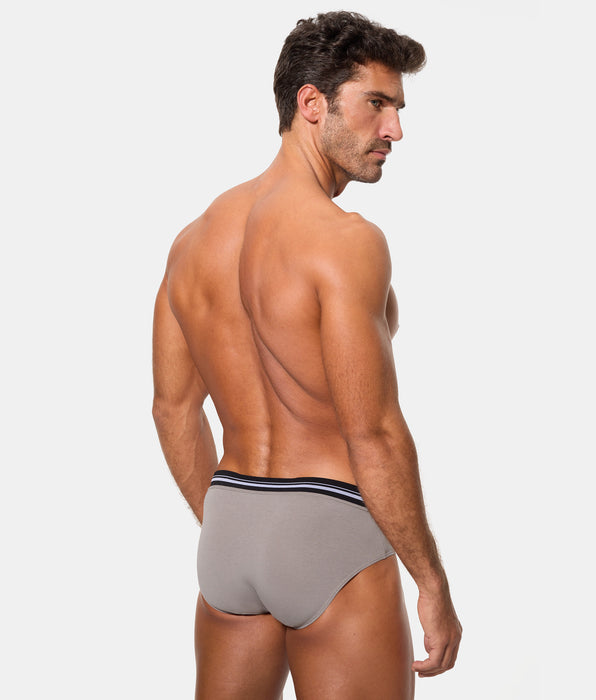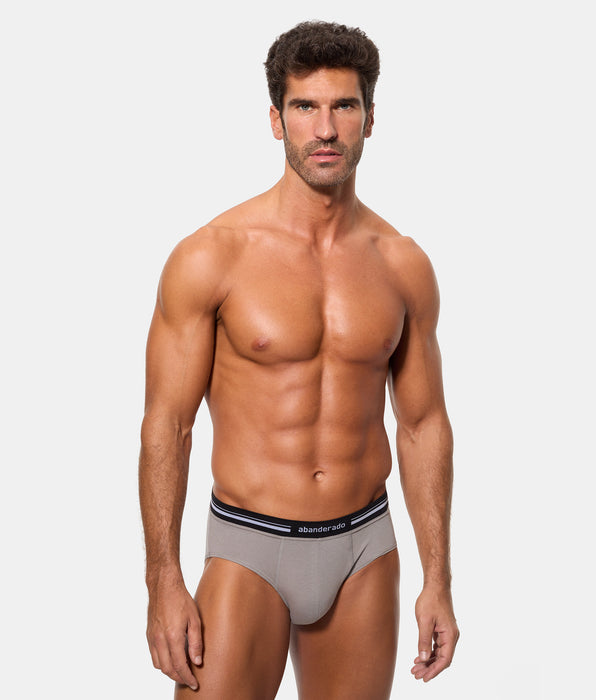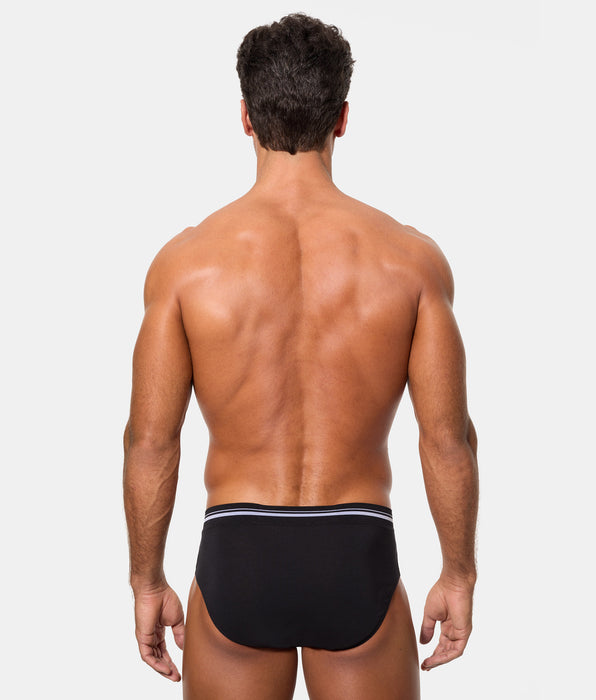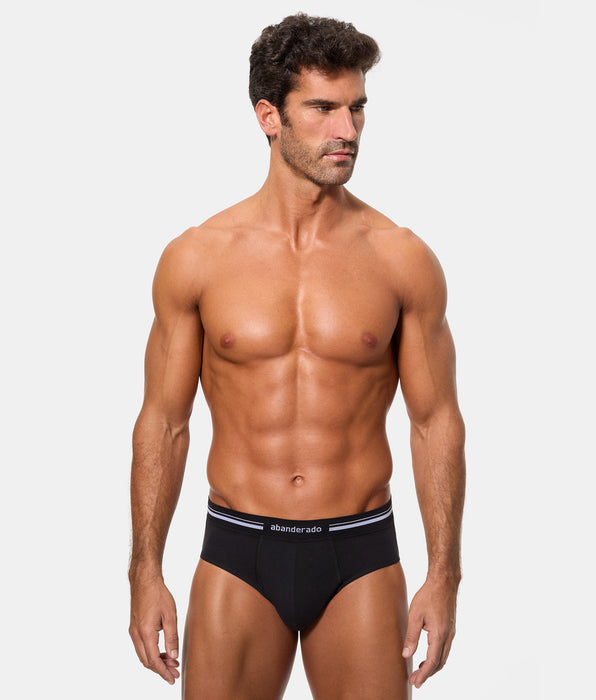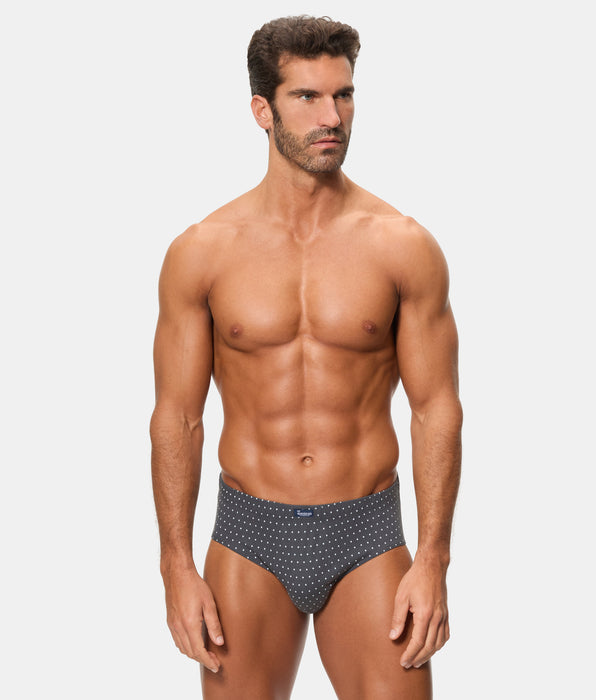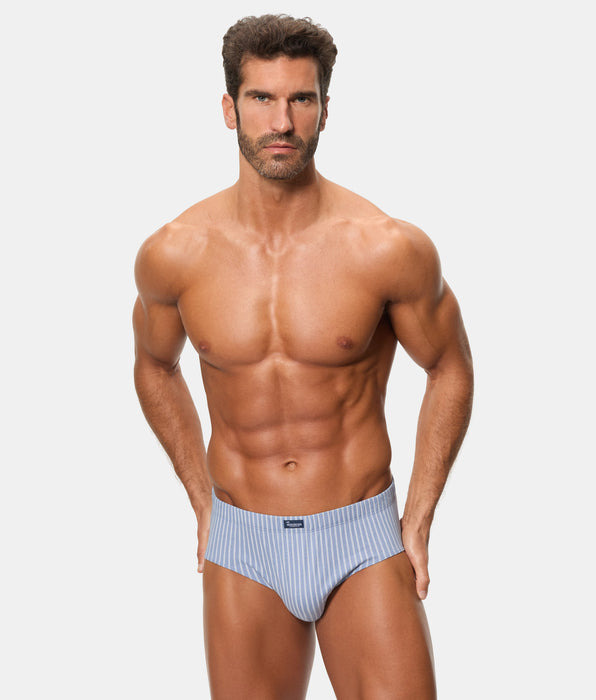Traveling to cold destinations requires careful preparation, especially when it comes to choosing the best
thermal clothing for traveling and staying warm and comfortable. Essential in any cold-weather pack, your selection should take into account several key factors, which we discuss in this article.
Features to consider when choosing thermal clothing for travel
Thermal clothing is specifically designed to
offer superior insulation and moisture management in cold temperatures . It works by capturing body heat through specialized fibers while also allowing breathability, keeping your skin dry and warm.
This duality is
essential for any cold-weather activity , where maintaining a regulated body temperature is vital for comfort and, in many cases, safety. But there are other characteristics that define this type of clothing and that you should consider when choosing one.
1. Material
The material of thermal clothing is crucial to its effectiveness. Commonly used materials include:
-
Polyester. Excellent for retaining heat and drying quickly while traveling. In Abanderado's Thermal collection, you'll find it blended with cotton in garments made with winter fiber.
-
Merino wool. Known for its temperature-regulating properties, merino wool is also soft, lightweight, and naturally odor-resistant, making it ideal for long trips.
-
Specialized synthetic fibers. Materials such as polypropylene and viscose offer both insulation and breathability. You'll find synthetic materials such as viscose and polyamide in garments made with Termaltech fiber , part of Abanderado's Thermal collection.
Be sure to try on all your thermal clothing before you leave to ensure it fits well and is comfortable to wear for long periods. This way, you can determine which material is most comfortable and effective for your travel needs.

2. Weight
Thermal clothing comes in different weights: light, medium, and heavy. When traveling, it's advisable to choose
a weight that suits both the climatic conditions of your destination and your expected activity level.
Lightweight thermal clothing may be sufficient for more dynamic activities or for cold but not extreme climates, while a heavier weight is better for intense cold and less active activities.
Also, keep in mind that
you'll need to wear several layers , so weight is again a key factor here. Thermal underwear works best when worn in a layering system. Combine your thermal underwear with an insulating mid-layer and a wind- and water-resistant outer layer for maximum protection.
3. Adjustment
A good fit is essential in thermal clothing. It should be tight enough to
maintain body heat without restricting movement . A proper fit also makes it easier to layer additional clothing without causing discomfort.
This feature is
essential in thermal underwear . A garment that's too tight can hinder blood circulation, while one that's too loose won't retain heat efficiently.
4. Compression capacity and lightness
When traveling, the ability to compress thermal clothing into your luggage is a plus.
Lightweight, easy-to-pack garments without sacrificing thermal performance are ideal for keeping your luggage manageable. Be sure to include enough
thermal undershirts to allow for a change of clothing, as well as other thermal underwear.

Thermal underwear for men: a must for traveling to cold climates
Within the thermal clothing category, men's thermal underwear deserves special mention. Acting like a second skin,
this base layer is crucial for maintaining the thermal core and providing a solid foundation upon which additional layers can be added. Features to look for in men's thermal underwear include:
-
Materials that provide insulation and moisture management. This ensures you stay warm and dry, regardless of fluctuations in activity or outside temperature.
-
Stretch and support. Important for any type of activity, ensuring your underwear moves with you without restriction.
-
Ergonomic design. Some garments are designed with specific zones that offer greater protection where it's most needed and flexibility where movement is required.
Furthermore, it's essential
to ensure special care for these garments to maintain their characteristics. Follow the manufacturer's care instructions, preferably wash in cold water, and avoid fabric softener to help keep the fibers in optimal condition.
The right choice of thermal clothing can make the difference between enjoying a trip to cold climates or simply surviving it. With the right options, travelers will have a comfortable and warm experience, regardless of the temperature. By following these tips and selecting appropriate clothing, your next adventure in a cold destination will undoubtedly be more enjoyable and safer.




